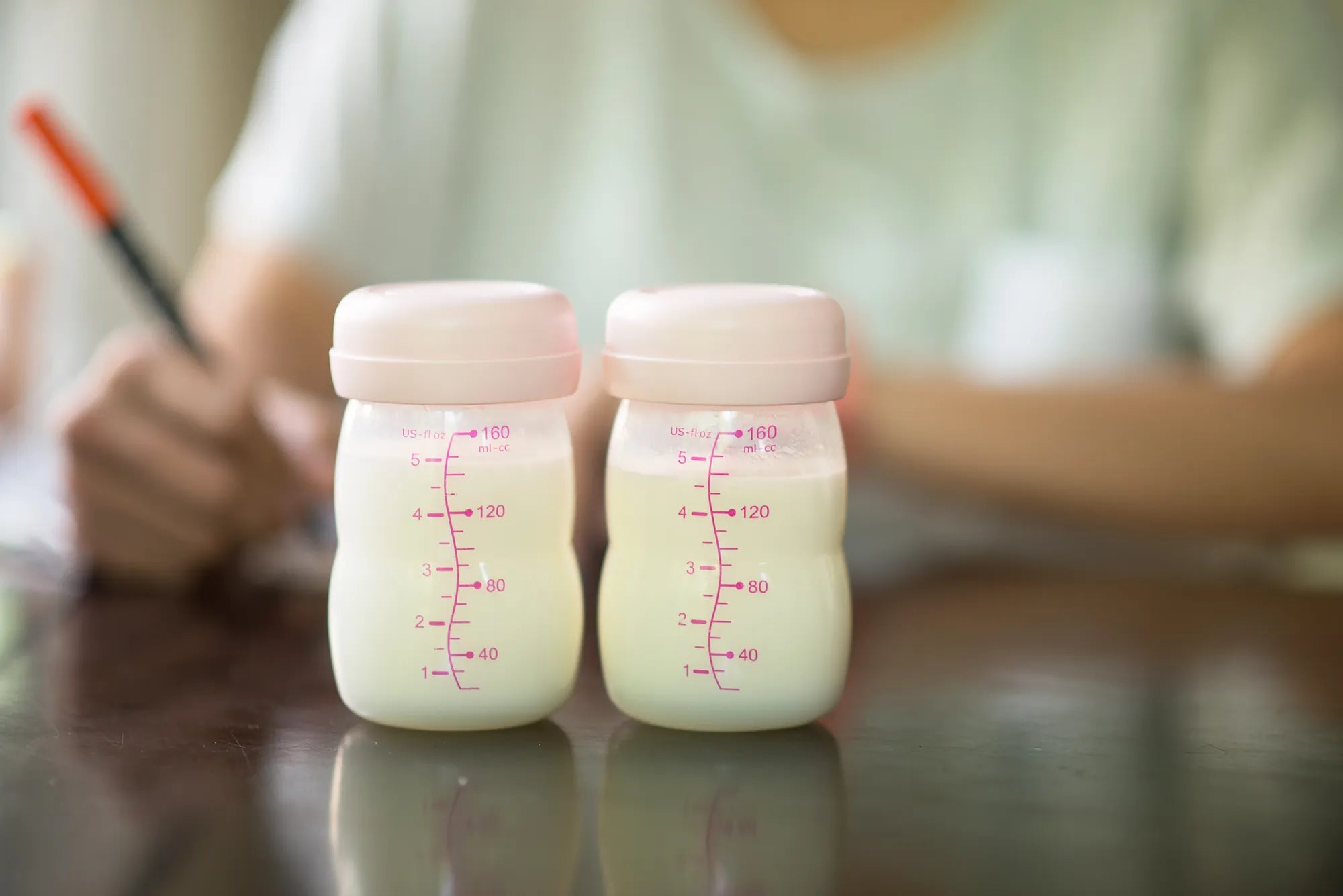Startseite
Pregnancy, Breastfeeding, and Pumping: The Ultimate Guide for Moms
What Is the Average Flange Size for Breast Pump?

What Is the Average Flange Size for Breast Pump?
When it comes to breastfeeding, using a breast pump can be a game-changer for many mothers. However, one of the most overlooked yet crucial aspects of pumping is selecting the right flange size. The flange, also known as the breast shield, is the part of the breast pump that fits over the nipple and areola. Choosing the correct flange size is essential for comfort, efficiency, and maintaining milk supply. So, what is the average flange size for a breast pump? Let’s dive into the details.
Understanding Flange Size
The flange size is determined by the diameter of the nipple, not the breast. A flange that is too small can cause discomfort, pain, and even damage to the nipple tissue. On the other hand, a flange that is too large may not create a proper seal, leading to inefficient milk expression and potential discomfort. The average flange size for most women is typically between 24mm and 27mm. However, it’s important to note that this is just an average, and individual needs may vary.
How to Measure Your Nipple for the Right Flange Size
To find the correct flange size, you’ll need to measure the diameter of your nipple. Here’s a step-by-step guide:
- Use a flexible measuring tape or a ruler with millimeter markings.
- Measure the diameter of your nipple at the base, where it meets the areola.
- Add 2-3mm to this measurement to determine the appropriate flange size. This extra space allows for comfortable movement of the nipple during pumping.
If your nipple size falls between standard flange sizes, it’s generally recommended to choose the next size up rather than down.
Why the Right Flange Size Matters
Using the correct flange size is crucial for several reasons:
- Comfort: A properly fitting flange should feel comfortable and not cause pain or irritation.
- Efficiency: The right flange size ensures that the pump can effectively express milk, helping to maintain or increase milk supply.
- Preventing Damage: An ill-fitting flange can cause nipple trauma, including cracking, bleeding, or blisters.
- Proper Seal: A flange that fits correctly creates a proper seal, which is necessary for the pump to function efficiently.
Signs Your Flange Size May Be Incorrect
If you’re experiencing any of the following issues, it may be a sign that your flange size is incorrect:
- Pain or discomfort during or after pumping
- Nipple swelling or redness
- Decreased milk output
- Nipple rubbing against the sides of the flange
- Difficulty maintaining suction during pumping
If you notice any of these signs, it’s worth re-evaluating your flange size and making adjustments as needed.
Adjusting Flange Size Over Time
It’s important to remember that your nipple size can change over time, especially during the early weeks of breastfeeding or if you experience significant weight loss or gain. As a result, you may need to adjust your flange size accordingly. Regularly checking the fit of your flange and making changes as needed can help ensure continued comfort and efficiency.
Consulting a Lactation Consultant
If you’re unsure about the correct flange size or are experiencing persistent issues with pumping, consulting a lactation consultant can be incredibly helpful. A lactation consultant can provide personalized guidance and help you find the right flange size for your needs. They can also offer tips and techniques to improve your pumping experience.
Final Thoughts on Flange Size
Selecting the right flange size for your breast pump is a critical step in ensuring a comfortable and efficient pumping experience. While the average flange size for most women is between 24mm and 27mm, it’s essential to measure your nipple and choose a size that fits you properly. Remember that your needs may change over time, so regularly reassessing your flange size is key. By taking the time to find the right fit, you can make pumping a more positive and productive part of your breastfeeding journey.
Ready to optimize your pumping experience? Start by measuring your nipple and finding the perfect flange size today. Your comfort and milk supply will thank you!
Teilen

